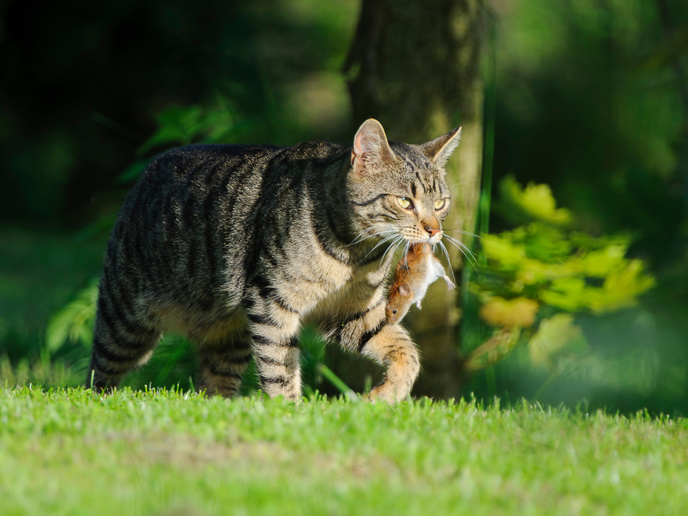Gaining new insight into man’s second-best friend
Whether we see it as a revered symbol of ancient civilisations, an animal valued for its rodent-controlling ability or a favoured pet, our connection with the domestic cat stretches back many of thousands of years. However, despite this long relationship, very little is known about the biological and cultural trajectories behind the evolution of cat-human interactions across time. The EU-funded FELIX(opens in new window) project is working to bridge this gap in our knowledge by applying state-of-the-art bioarchaeological methods to study the remains of more than 800 ancient cats. The samples date from 10 000 years ago to the 18th and 19th centuries. They were obtained from archaeological sites in Europe, the Near and Middle East, and North Africa.
Cats in medieval harbours
Since its launch in 2021, FELIX has processed hundreds of ancient cat remains, including cat mummies, from these regions. The researchers used stable isotopes to investigate the consumption of marine protein by domestic cats in medieval harbour towns in northern Europe. Such isotopes are a powerful tool when tracking cat trophic ecology, but their having a variable diet can make it impossible to identify an isotopic pattern in predators such as cats that select prey opportunistically from a wide range of food sources. To assess how useful the isotopic method is in cat ecology, the research team measured carbon and nitrogen isotope ratios in hundreds of archaeological cat bones. In their study(opens in new window), they conclude “that stable isotope analysis could be a useful tool in elucidating the diet and lifestyle of individual cats. However, a local/regional isotopic baseline must always be carefully considered, as no global range may be arbitrarily attributed to the particular ecology of a cat.” Stable isotopes were also analysed in cats and other animal remains from two medieval harbours in Iran and Oman to reveal trends in the cats’ dietary habits. The results of this study(opens in new window) were published in the journal ‘Scientific Reports’. The FELIX team found that these cats most likely roamed freely, scavenging on both human food scraps and refuse from fishing activities, especially in Oman. The isotopic analyses show that cats feed on fish when there is easy access to it, and that this is more common in domestic cats than in wildcats.
Cats on Viking ships
FELIX researchers have also carried out exciting work at the Archaeological Museum Schloss Gottorf in Germany, where they have analysed samples of 103 cats from archaeological sites dating back to the Viking era. The cutting-edge ancient DNA analyses are providing new insight into the genetic diversity of cats that travelled aboard Viking ships. The genetic lineages identified so far can be traced back to North African cats that spread across the world by travelling along human maritime trade routes starting in classical antiquity. The research team is now in the process of reconstructing full genomes of ancient cats from Europe and the Near and Middle East to shed light on the distribution of wildcats in the past and the dispersal of domestic cats. FELIX (Genomes, food and microorganisms in the (pre)history of cat-human interactions) ends in 2026. For more information, please see: FELIX project website(opens in new window)



